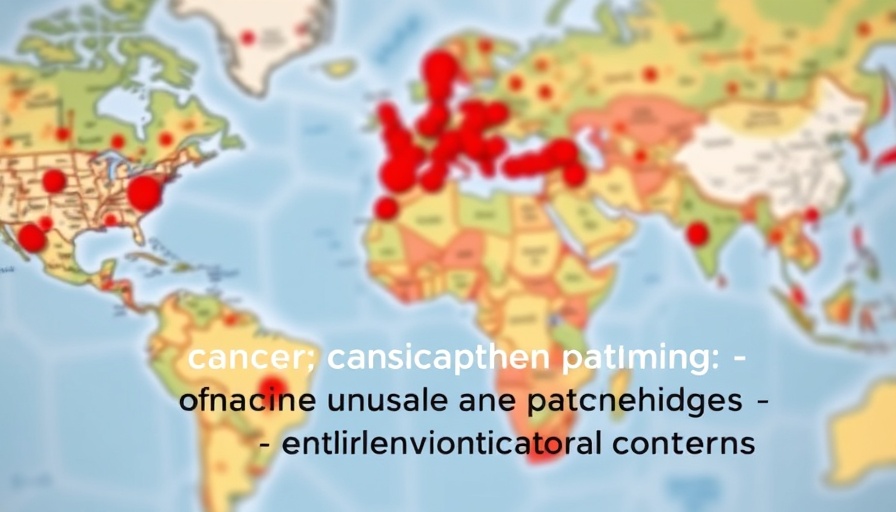
Understanding Spatial Clusters in Cancer Analysis
When it comes to analyzing cancer patterns within specific communities, understanding spatial clustering plays a crucial role. Focusing on how geographical areas relate to cancer rates can unveil significant insights that often inform public health strategies and preventive measures. By exploring the methods and tools used to analyze these clusters, we can gain a better understanding of how and why certain areas may exhibit alarming levels of cancer incidences.
In 'Guidelines for Examining Unusual Patterns of Cancer and Environmental Concerns', the discussion dives into spatial clustering in cancer analysis, exploring key insights that sparked deeper analysis on our end.
What is Spatial Autocorrelation?
At the heart of spatial cluster analysis lies the concept of spatial autocorrelation. This refers to the degree to which nearby geographical features, such as census tracts, share similar characteristics—in this case, cancer rates. A high positive value indicates that areas with similar cancer statistics are closely located, while a negative value suggests diverse outcomes among adjacent areas. A sound analysis of these metrics helps healthcare professionals identify potential hotspots for further investigation.
Methods for Cluster Detection
In cancer cluster examinations, various statistical tools and methods emerge. One of the primary approaches listed in the guidelines is the use of the Local Moran’s I, which assesses local spatial autocorrelation. This method enables researchers to visualize clusters, discerning where cancer rates are particularly elevated or diminished relative to nearby areas. Additionally, advanced software, SatScan, employs scan statistics to detect significant clusters in spatial and temporal data, revealing anomalies that may necessitate public health interventions.
Geographical Visualization Techniques
Visualization techniques, including choropleth maps, allow professionals to display cancer rates effectively across geographical units. These thematic maps serve to highlight areas of concern, showcasing trends in cancer incidence over specific periods. By understanding these visual representations, healthcare providers can better address community health needs and allocate resources for screening and prevention strategies.
The Importance of Contextual Factors
While detecting clusters is significant, it is equally crucial to explore the underlying factors contributing to these health disparities. Environmental characteristics, population demographics, and local health histories should factor into any assessment made on clusters. Each cluster must not only highlight statistical significance but also practical significance, establishing a narrative that connects the data to real-world community health outcomes.
Encouraging Public Health Collaboration
It is essential for the results of cancer cluster analysis to be communicated effectively, especially when disseminating information to the public. Collaborating with health communicators ensures that the messages conveyed are clear and constructive, preventing misunderstandings and fostering community engagement in health initiatives.
Through examining the guidelines presented in "Guidelines for Examining Unusual Patterns of Cancer and Environmental Concerns", we can appreciate the complexity and importance of cancer analysis. By utilizing various statistical techniques and visualizations, healthcare professionals can identify significant patterns that inform public health efforts. Understanding these tools is imperative for addressing community health needs and ultimately improving outcomes for affected populations.
As we forge ahead in public health microscopy, the call to action remains clear: healthcare professionals should take the insights garnered from spatial cluster analyses seriously, working collectively to understand the implications for local and regional health initiatives. By fostering a collaborative and informed approach, we can better tackle the challenges posed by cancer clusters in our communities.
 Add Row
Add Row  Add
Add 


Write A Comment